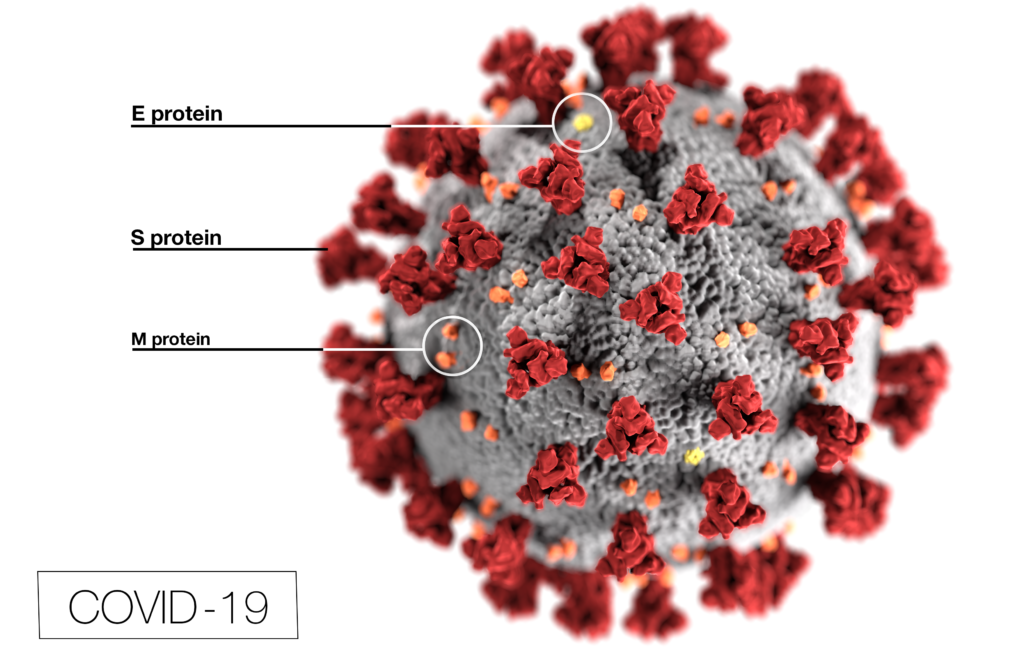
By Diane E. Brown
Arizona PIRG Education Fund
With COVID-19 cases and hospitalizations rapidly declining, we’ve got a real shot at putting the worst of this pandemic behind us, but only if more people get vaccinated.
Health experts agree, this virus isn’t done with us yet. It will continue to spread and mutate, and there’s no guarantee that the next variant won’t be more deadly. Vaccination continues to be the best tool we have to protect ourselves, our community, and to get back to seeing friends and family safely.
If you’re young and healthy, the odds that you’ll get severely sick or even die from COVID-19 are low, but they’re not nothing. It’s like riding a bike without a helmet, or driving without a seat belt. Sure, you’ll probably be fine most of the time, but if you do end up getting into a crash, you’d want that protection.
It’s also important to note that dying isn’t the only negative outcome of contracting COVID-19. More and more research shows that even people who experience mild symptoms when they’re sick could have debilitating effects for months afterward like physical exhaustion, trouble breathing or memory issues.
Getting vaccinated against COVID-19 makes your chances of getting severely sick next to nothing. According to the Arizona Department of Health Services, unvaccinated people were seven times more likely to die from COVID-19 in January 2022 compared to their vaccinated peers.
It’s also important to know that if you’re five months out from your initial vaccine series of the Pfizer or Moderna vaccines, or two months after a Johnson and Johnson shot, you are due for a booster. The vaccines’ protection wanes slightly over time, so while you’re still very much safeguarded against severe disease and death with just two shots, getting that booster primes your immune system. Adults who received a booster were 11 times less likely to get infected with COVID-19 in the first place and 180 times less likely to die from it than unvaccinated people in the ADHS study.
If you still need the free COVID-19 vaccine or booster or know someone who does, visit the Pima County Health Department’s website for convenient options. And if you have questions, visit our COVID-19 FAQs which addresses questions we’ve been hearing from young adults in Pima County.
Our state and local leaders should also make a plan that includes an ebb and flow of safety protocols based on COVID-19 metrics because while the virus is on the run now, it could surge back sometime in the future. They should invest in better filtration and ventilation in public buildings, especially schools, and double down on efforts to educate more people about the importance of getting vaccinated and boosted.
For most fully vaccinated people, life can largely get back to normal right now. You can go out with friends, see concerts or do whatever your heart desires. Let’s put the worst behind us, and prepare for whatever comes next.
Diane E. Brown is the executive director of the Arizona PIRG Education Fund, a statewide organization that conducts research and education on issues in the public interest. Diane and volunteers recently distributed MyPima OurHealth masks at each of the PCC campuses and answered COVID-19 related questions.
